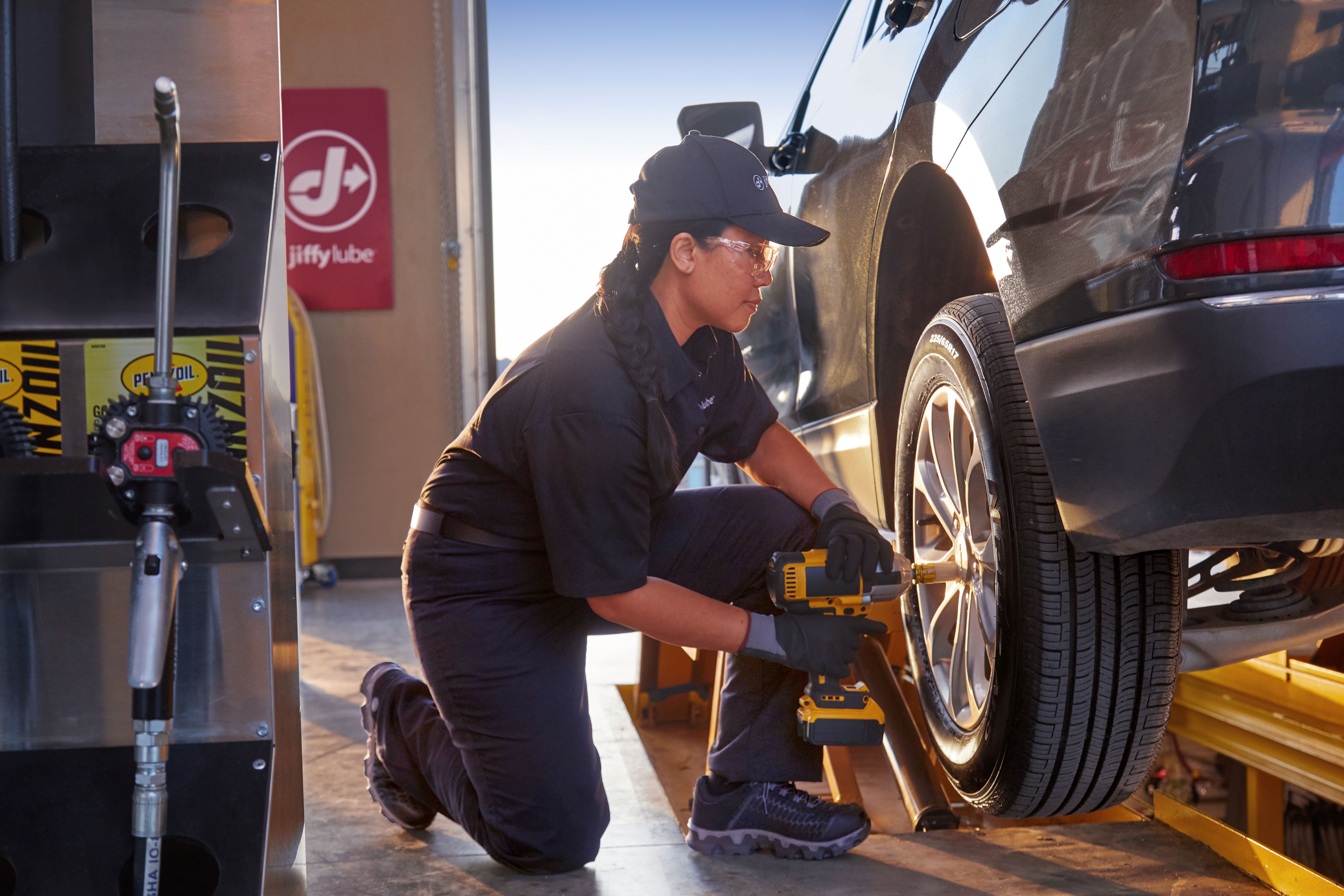Explore Exclusive Mopar Tire Service Specials in Morris Today
Explore Exclusive Mopar Tire Service Specials in Morris Today
Blog Article
Tire Solution: Recognizing Tire Stress Tracking Equipments
Comprehending Tire Pressure Surveillance Systems (TPMS) is a critical element of keeping ideal vehicle efficiency and safety when driving. With innovations in auto innovation, TPMS has actually become a basic attribute in modern-day lorries, providing real-time information on tire pressure degrees. Diving deeper into the ins and outs of TPMS, one can reveal the various elements that comprise this system and the relevance of each in making sure exact monitoring. From direct to indirect TPMS systems, the landscape of tire stress monitoring is varied, each with its one-of-a-kind set of advantages and factors to consider. Stay tuned to unwind the intricacies of TPMS, from upkeep pointers to the undeniable advantages of keeping your tires effectively inflated. discount tires morris il.

Relevance of TPMS
The value of Tire Stress Tracking Solutions (TPMS) hinges on their ability to enhance lorry safety and efficiency via real-time tracking of tire pressure levels. Maintaining the proper tire stress is vital for making sure optimal handling, stopping, and general safety and security of an automobile. TPMS supplies drivers with immediate responses on any overinflated or underinflated tires, permitting for prompt adjustments to be made.
Elements of TPMS
Sensing units are usually located in the tire valve stem or affixed to the wheel assembly, where they measure tire pressure and transmit information to the control module. Some progressed TPMS designs also display the real tire pressure analyses for each tire, supplying drivers with real-time information to make certain ideal tire performance and security. By keeping an eye on tire pressure continually, TPMS helps protect against mishaps, reduces tire wear, and boosts fuel performance, making it a vital component for lorry security and efficiency. tires morris il.
Types of TPMS

On the other hand, indirect TPMS relies upon the vehicle's wheel rate sensing units to keep track of tire pressure. This system identifies underinflation by comparing the rotational speeds of the wheels. Indirect TPMS is less costly than direct TPMS, as it uses existing sensors within the vehicle.
While direct TPMS provides a lot more precise readings, indirect TPMS is easier in style and normally calls for much less maintenance. Both systems have their benefits and limitations, and the choice between them frequently depends on variables such as cost, car make, and individual choice. Understanding the differences between these two types of TPMS can help car proprietors make notified decisions concerning tire upkeep and security.
TPMS Maintenance Tips
Effective maintenance of TPMS is crucial for making certain optimum efficiency and security of your car. Routinely examining the TPMS sensing units for any kind of damage or corrosion is vital. Make certain that the sensors are clean and free from debris that can interfere with their functioning. Furthermore, it is recommended to inspect the sensing unit batteries periodically and replace them as needed to guarantee exact analyses. Conduct routine examine the tire pressure levels and compare them with the TPMS readings to guarantee they are constant. If see there are any kind of discrepancies, rectify the system complying with the maker's guidelines. During tire rotation or substitute, make certain that the TPMS parts are handled very carefully to prevent any type of possible damages. If the TPMS cautioning light brightens on the control panel, attend to the issue immediately by checking the tire pressures and the general system for any mistakes. By sticking to these upkeep pointers, you can prolong the life-span of your TPMS and boost the safety and security of your driving experience.
Advantages of Appropriate Tire Stress
Preserving correct tire pressure, as stressed in TPMS Upkeep Tips, is critical for reaping the many advantages associated with ideal tire stress levels. Furthermore, correct tire pressure makes sure also tire wear, extending the life expectancy of the tires and advertising more secure driving conditions. In final thought, the advantages of correct tire pressure go beyond just tire long life; they encompass enhanced gas performance, enhanced safety and security, better car performance, and general driving convenience.
Verdict
Finally, comprehending tire stress surveillance systems (TPMS) is crucial for preserving ideal tire stress and making certain vehicle safety. By acknowledging the significance of TPMS, recognizing with its elements, understanding the various types readily available, sticking to correct upkeep pointers, and understanding the advantages of keeping correct tire stress, vehicle drivers can boost their driving experience and lengthen the life-span of their tires. Correct tire stress is crucial to risk-free and effective car operation.

Report this page